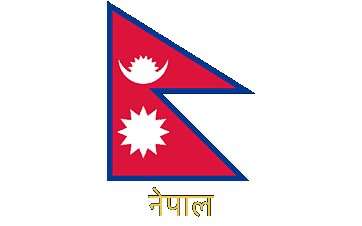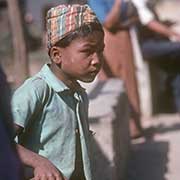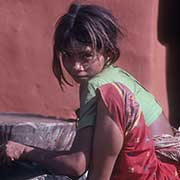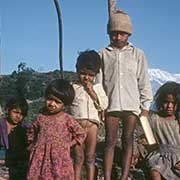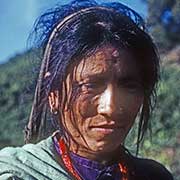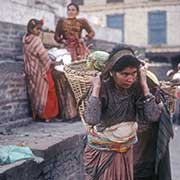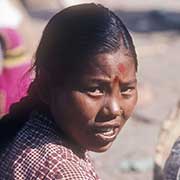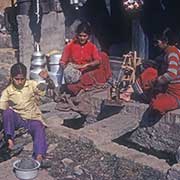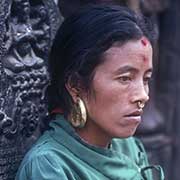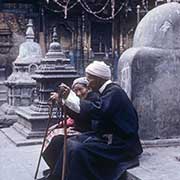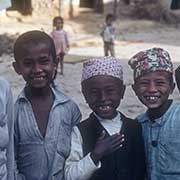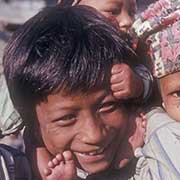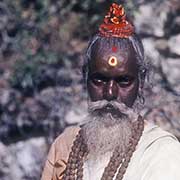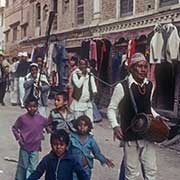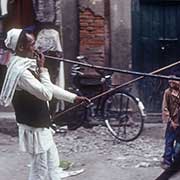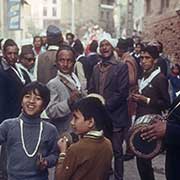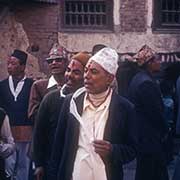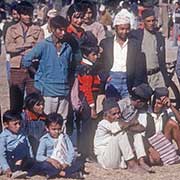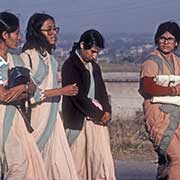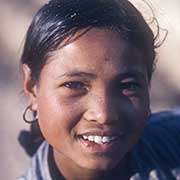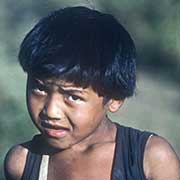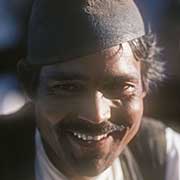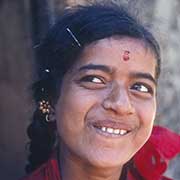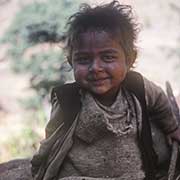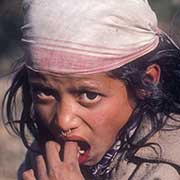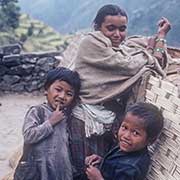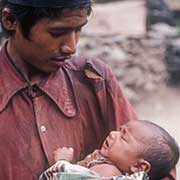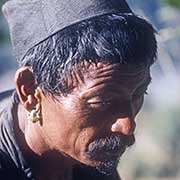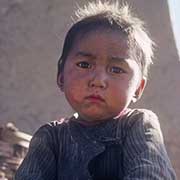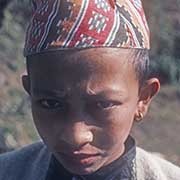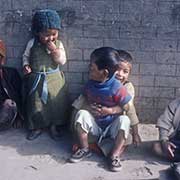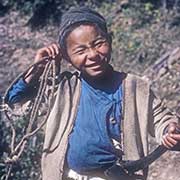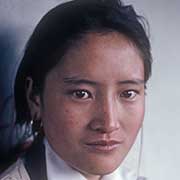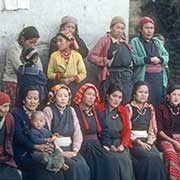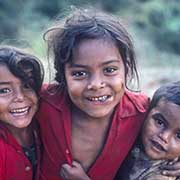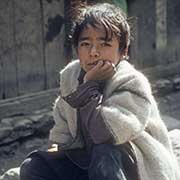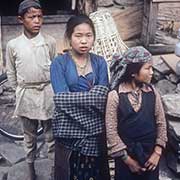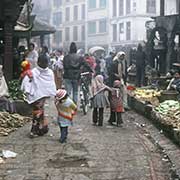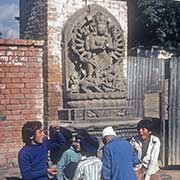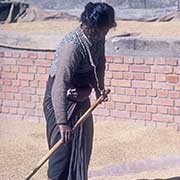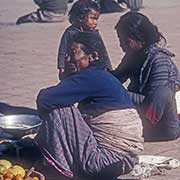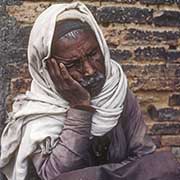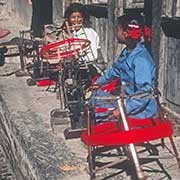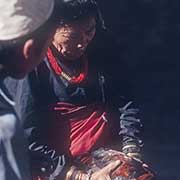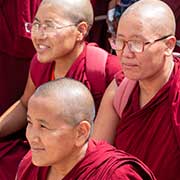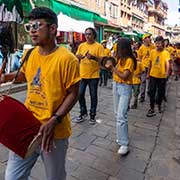Photos of the People of Nepal
The People of Nepal
Most Nepalese are closely related to the peoples of northern India, and others are of Tibetan or mixed Indian-Tibetan descent. Most people live in small villages with two-story stone or mud-brick houses. About 90% of Nepal’s people earn their living through farming and related occupations.
you may then send it as a postcard if you wish.
Hinduism was Nepal’s official religion when it was officially a Hindu kingdom. Now a secular democracy, Hinduism remains the most dominant religion, with over 81% of the population. However, the Nepalese have combined Hindu beliefs and practices with those of Buddhism. Buddha, the founder of Buddhism, was born in Nepal in the sixth Century BCE. The Nepalese people celebrate the festivals of Buddhism and Hinduism; Buddhist shrines and Hindu temples are considered equally sacred. Many of the people of Nepal also worship local gods and spirits and consult shamans (magical healers) in times of illness.
Nepal is a multiethnic and multicultural country in which no less than 123 languages are spoken, mostly belonging to the Indo-Aryan and Sino-Tibetan language families. The official language is Nepali (formerly called Gorkhali, after the dominant Gurkha people to which the Royal family also belonged). An Indo-Aryan language, it is spoken by almost 45% of the population and written in the Devanagari script, like most native languages in Nepal. About 63 tongues belong to the Sino-Tibetan language family, spoken by a little over 17% of the population, including Nepal Bhasa, spoken by the Newar people in Kathmandu Valley.
The Gurkhas descended from Rajput warriors from India and founded the Kingdom of Nepal. They initially fought the British in the Anglo-Nepali War (1815–1816) but became their highly regarded allies. Today, many Gurkhas still serve as soldiers in the British or Indian army. The Sherpas, a Himalayan people, have won fame as guides and porters for mountain-climbing expeditions accustomed to high altitudes. They are Buddhists and speak a Tibeto-Burman language mixed with eastern and central Tibetan dialects.


